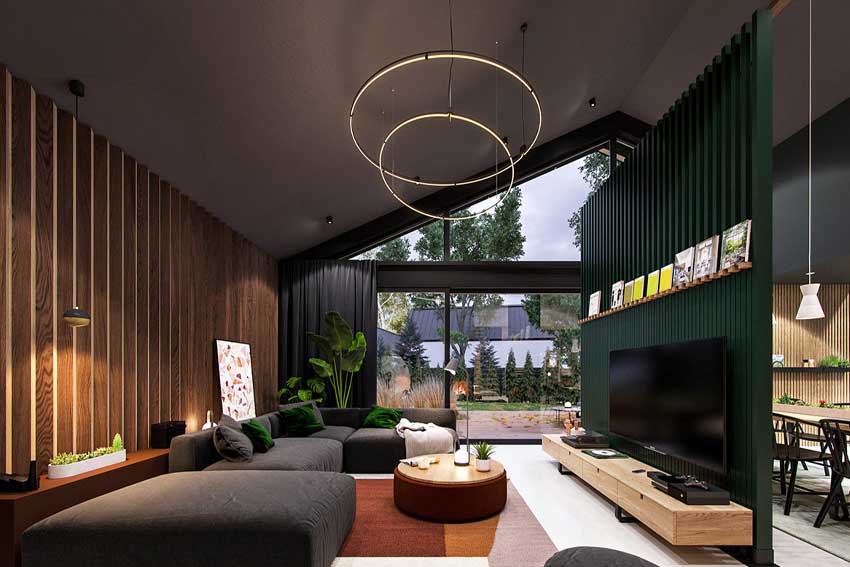Home Interior Design: Creating Your Dream Space
Home interior design is more than just arranging furniture; it's an art form that blends aesthetics, functionality, and personal expression to create spaces that reflect individual tastes and lifestyles. Whether you're moving into a new home or renovating your current space, understanding the principles of interior design can help you create an environment that is both beautiful and functional.
Understanding Space and Functionality
The first step in home interior design is understanding the space you are working with. This involves assessing the layout, size, and natural light of each room. An effective design considers how each space will be used and how to optimize its functionality. For instance, an open-concept living area might benefit from defined zones for lounging, dining, and entertaining, achieved through furniture arrangement and area rugs.
Choosing a Style
One of the most exciting aspects of interior design is selecting a style that resonates with you. Popular design styles include:
-
Modern: Characterized by clean lines, minimalistic decor, and a neutral color palette, modern design embraces simplicity and functionality.
-
Traditional: This style features rich colors, classic furniture, and ornate details. It often incorporates antique pieces that tell a story and evoke a sense of history.
-
Industrial: With a raw, unfinished look, industrial design utilizes materials like metal, wood, and concrete. It often includes exposed brick walls and open ductwork for an edgy, urban vibe.
-
Scandinavian: Known for its simplicity and functionality, Scandinavian design uses light colors, natural materials, and a focus on craftsmanship. It often emphasizes a connection to nature, making it warm and inviting.
By understanding the key elements of these styles, you can choose one that aligns with your personality and lifestyle.
Color and Lighting
Color plays a crucial role in interior design, influencing mood and atmosphere. When selecting a color scheme, consider the emotions you want to evoke in each space. For example, soft blues and greens can create a calming atmosphere in a bedroom, while vibrant reds and yellows can energize a kitchen or living room.
Lighting is equally important. A well-lit room can enhance colors and textures, making the space feel larger and more inviting. Combine natural light with ambient, task, and accent lighting to create a balanced and functional lighting scheme. Use fixtures that reflect your style, such as modern pendant lights, traditional chandeliers, or minimalist floor lamps.
Furnishings and Accessories
Once you've established the color palette and lighting, it's time to select furnishings and accessories. Choose pieces that fit your style and scale to ensure a harmonious look. Larger furniture should be proportional to the room size, while smaller accessories can add personality without overwhelming the space.
Incorporating textures and patterns can add depth and interest to your design. Consider mixing materials like wood, metal, fabric, and glass to create a dynamic environment. Area rugs, throw pillows, and artwork can also serve as focal points, tying together the overall design.
Personal Touches
Finally, infuse your personality into the space. Display cherished items, such as family photos, travel souvenirs, or artwork, to make your home uniquely yours. Plants can also breathe life into your interior, adding color and improving air quality.
In conclusion, home interior design is a rewarding process that allows you to transform your living space into a reflection of your personality and lifestyle. By considering functionality, selecting a cohesive style, and adding personal touches, you can create a home that is not only beautiful but also a sanctuary where you and your loved ones can thrive.

